The First 23 Years

Twenty-three years ago I was sitting under the stars near Idaho City during summer break when the photo editor for the local university’s student newspaper, full of rum and smelling of campfire smoke, offered me a job. It paid the princely sum of $10 per published photo if I had a camera. I told him that I could borrow one (a Minolta SRT 303b my dad bought during the Vietnam War) but I didn’t know how to operate it. Access was qualification enough, and beginning with the fall semester, I started my photographic journey, which put me in touch with “Evil” Peter Wollheim, a communication professor and advisor for the university newspaper. The first thing he did was confiscate my bag of lenses, ranging from 20mm to 300mm. Allowing me to keep only a Minolta 50mm f1.7 MD, he told me that I couldn’t have any of the others back until I learned to shoot with the nifty fifty. To this day, 50mm is my absolute favorite focal length specifically because it does not “intrude” on what you see by neither offering a field of view significantly greater than what the human eye sees nor greatly compressing it.
After a year of shooting, the newspaper sent me to a journalism convention in New Orleans where I heard a lecture from one of the Times-Picayune’s photojournalists. Hearing his account of how photojournalism can help create empathy in society for people and groups who might otherwise go unnoticed was transformative. When I got back to Boise, I changed my major and intended to pursue photojournalism as a career; this dream was derailed as I graduated at a time when newspapers (and photography in general) were shedding jobs like crazy. No one had yet figured out how to make money as the Internet eviscerated print journalism. Film was inconvenient to develop and digitize with the turnaround times offered by online publication, and digital cameras weren’t very good, were very expensive, or both. Out of what felt like necessity I started a career in banking instead and my cameras went into storage for over 15 years.



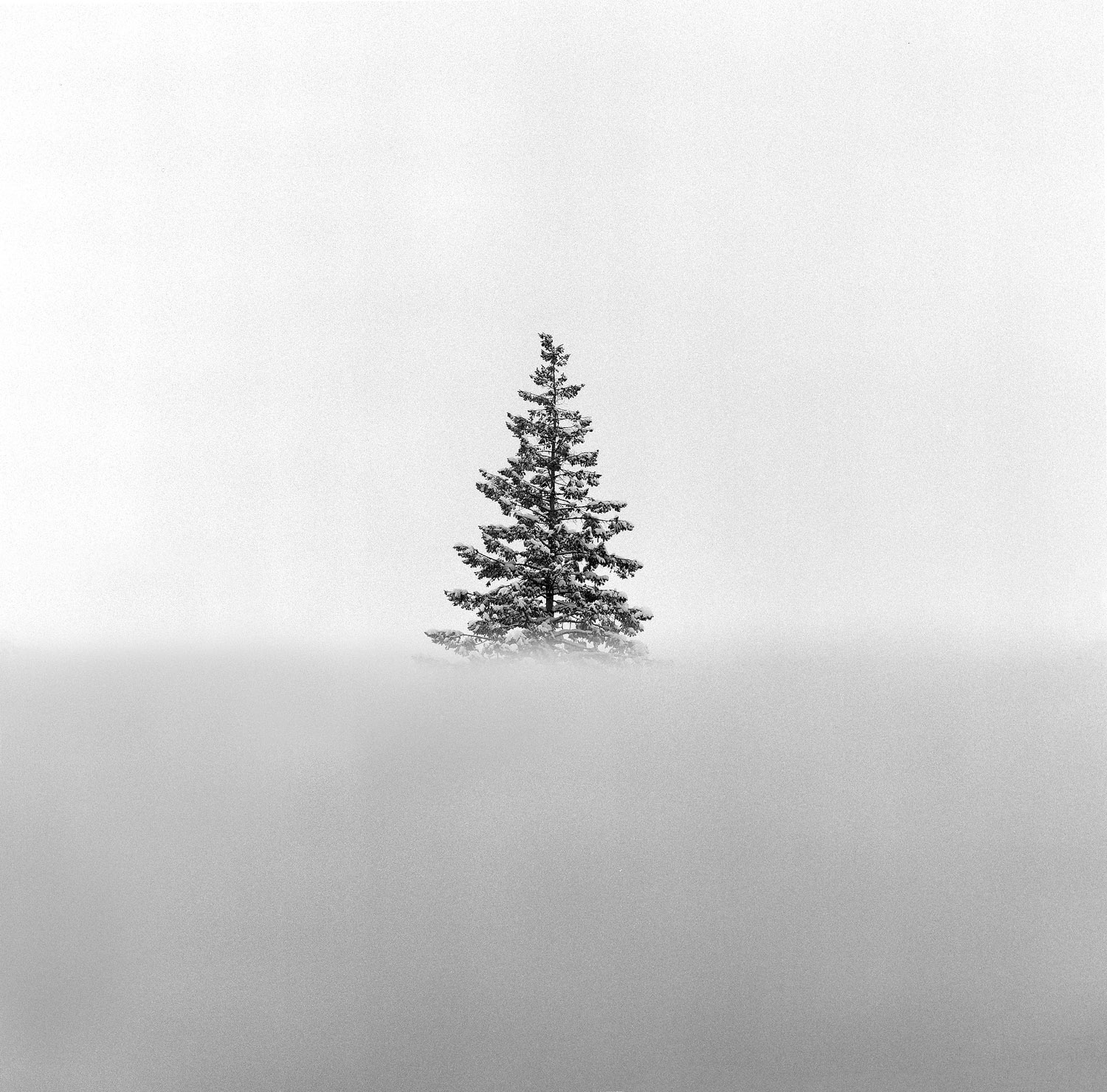

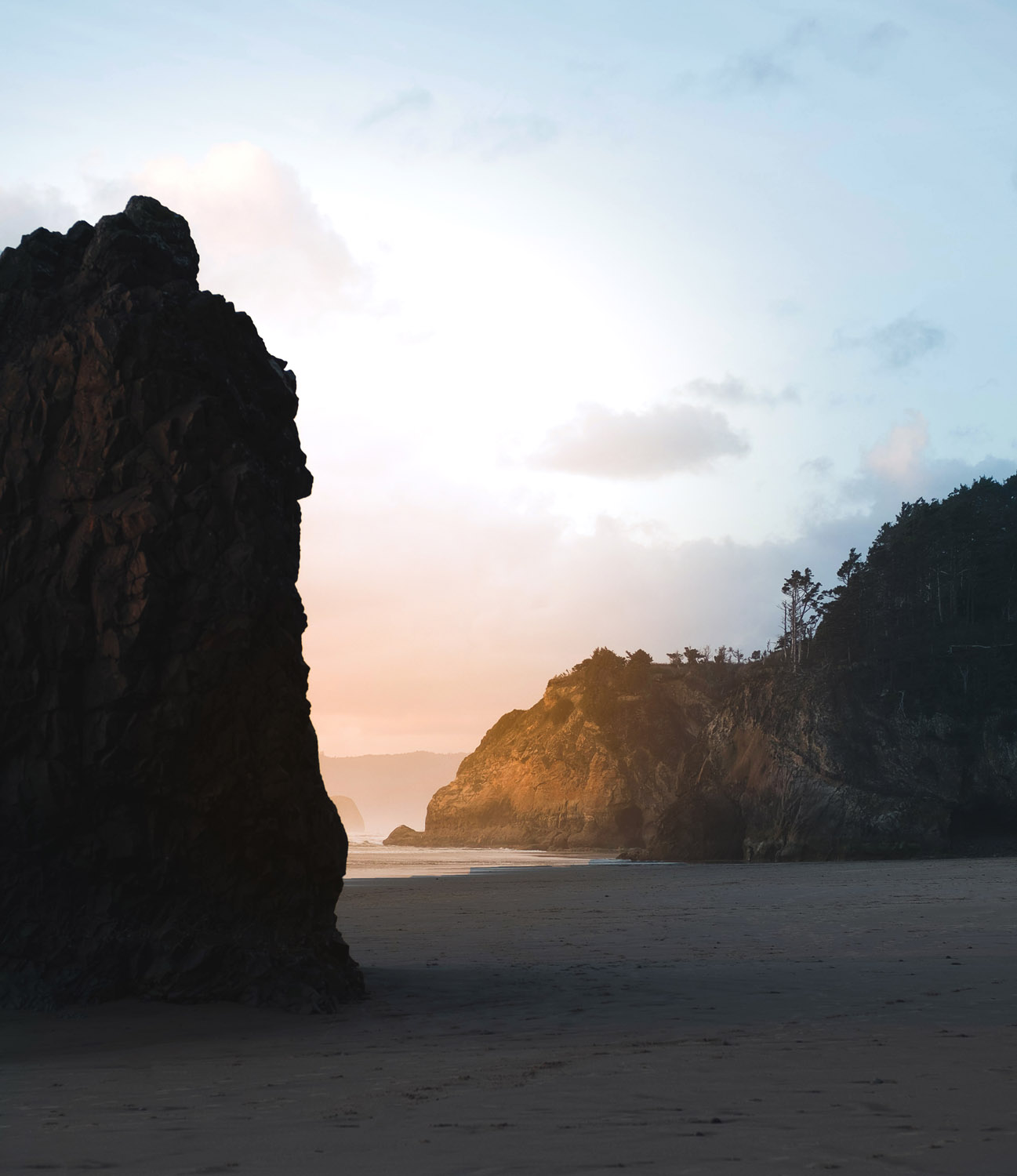
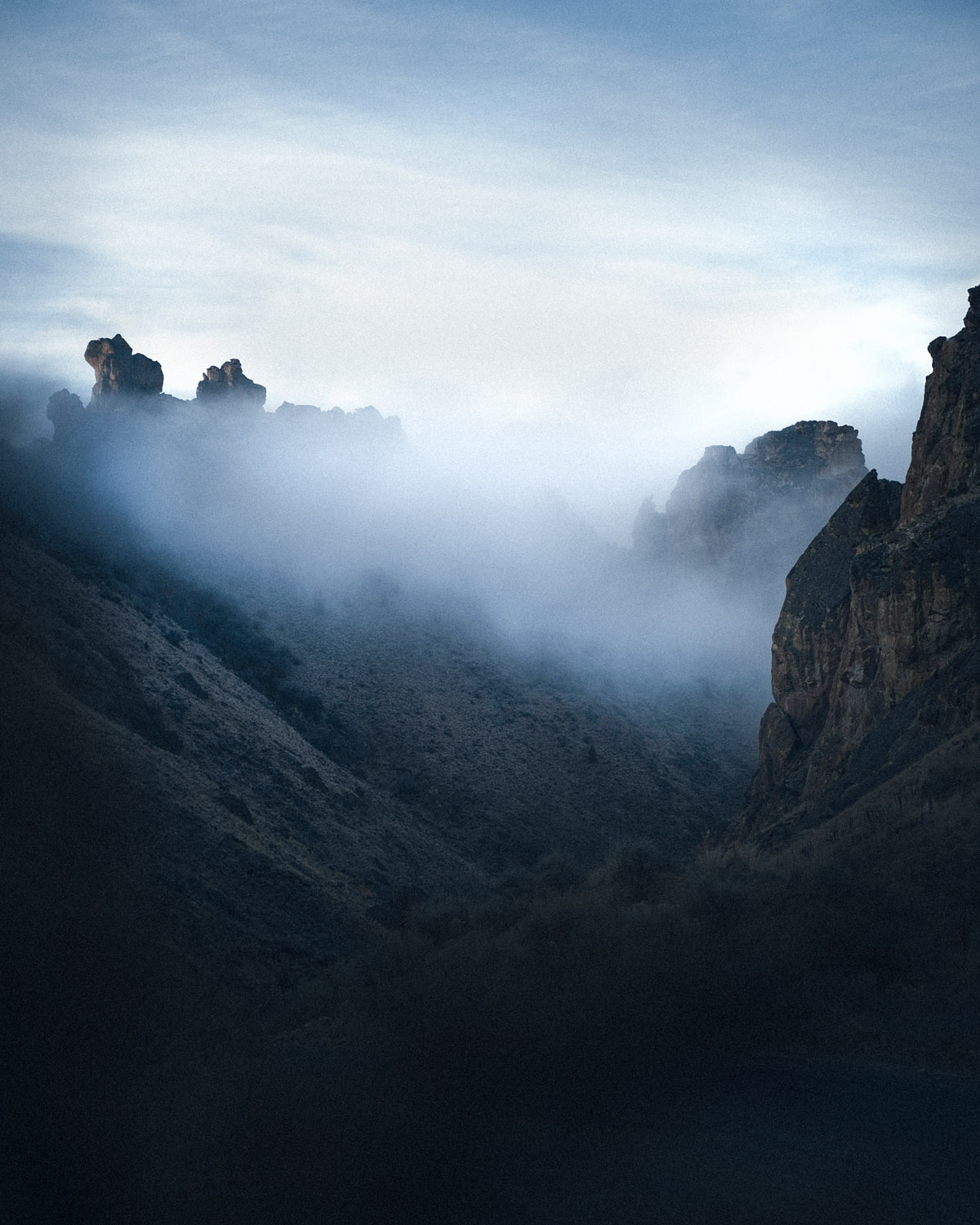


I have another friend to thank for getting me back into shooting again by convincing me to buy a camera to document our hiking adventures in Idaho. I picked up a Fuji XT-10 (still in the family, but it belongs to my nephew now) because the portability factor was so much better than other options. It didn’t take long for me to fall back in love with photography using this camera. Fast forward to 2022 and I’ve expanded my array of equipment and photographic subjects considerably.
So let’s talk about gear. I do feel that the gear used impacts results – and I don’t mean things like “color science” or “full-frame vs. crop sensor,” etc. Fuji X series is probably my favorite overall camera system in current production, both because the controls feel more like a traditional film camera and because it helps, as Henri Cartier-Bresson puts it, to capture the decisive moment. When I looked at Cartier-Bresson’s photographs of people (and from others in the early days of 35mm news and street photography) I was always struck by how different people presented in those photographs. Eventually I realized there were two main factors in play vs. today. One was that cameras were far from ubiquitous in society, so people didn’t start instinctively mugging for the camera. This is not something that one can easily replicate today though it is possible. The other factor was that the smaller, more portable, and less intimidating camera system employed, the more one could capture moments as they naturally happened without the gear itself shaping them by making people hyper-aware that there is a camera pointed at them. Case in point is Cartier-Bresson’s Leica. If I want to shoot unobtrusively on digital (on film I grab my Leica M2 with a Canon 50mm f1.5 in Leica Thread Mount), it’s Fuji 100% of the time, usually with the 35mm F2 WR. I also own the Fuji 16mm F2.8 WR, 23mm F2 WR, 50mm F2 WR, and 90mm F2 WR, but the 35mm has been used so much the paint has basically worn off the lens. These lenses have become even better with the X-T4’s IBIS.
I also shoot a lot of travel and landscape photos with my Fuji system as well. If I’m hiking very far into the mountains, the reduced weight vs. full-frame digital is appreciated, alongside the extra space for other important hiking or backpacking supplies. I recently biked the Oregon coast with a buddy of mine, and we each took one film camera and one digital camera – we both brought Fuji gear because it fit into a small waist pack. The X-T4 + 35mm F2 + 16mm F2.8 produced amazing images of that trip, and I never wished I had brought more gear.
I mentioned film gear on that Oregon coast trip, so let me talk a little bit about that. I have quite a lot of it, but the bulk of my film shooting is with a Leica M2 (if I need high shutter speeds I reach for my Nikon FE2) or a Bronica SQA. I doubt I have to convince anyone of the virtues of Leica but I do want to plug the M2 specifically: If you wear glasses, this is a much better option than the M3 because the 50mm frame lines are actually easier to view on the M2 and then, of course, you also have access to the 35mm framelines that the M3 lacks. Are there attractive later models of the Leica M series that share this quality? Yes, but the cost tends to be higher, and frankly, I am not sure why people bother paying for it. Even the models with light meters aren’t that much more user-friendly because the meter is not very fast to use compared to film SLRs like the Nikon FE2, Minolta SRTs, etc. Just use one of those $2 phone apps and rely on the amazing dynamic range of color negative film.
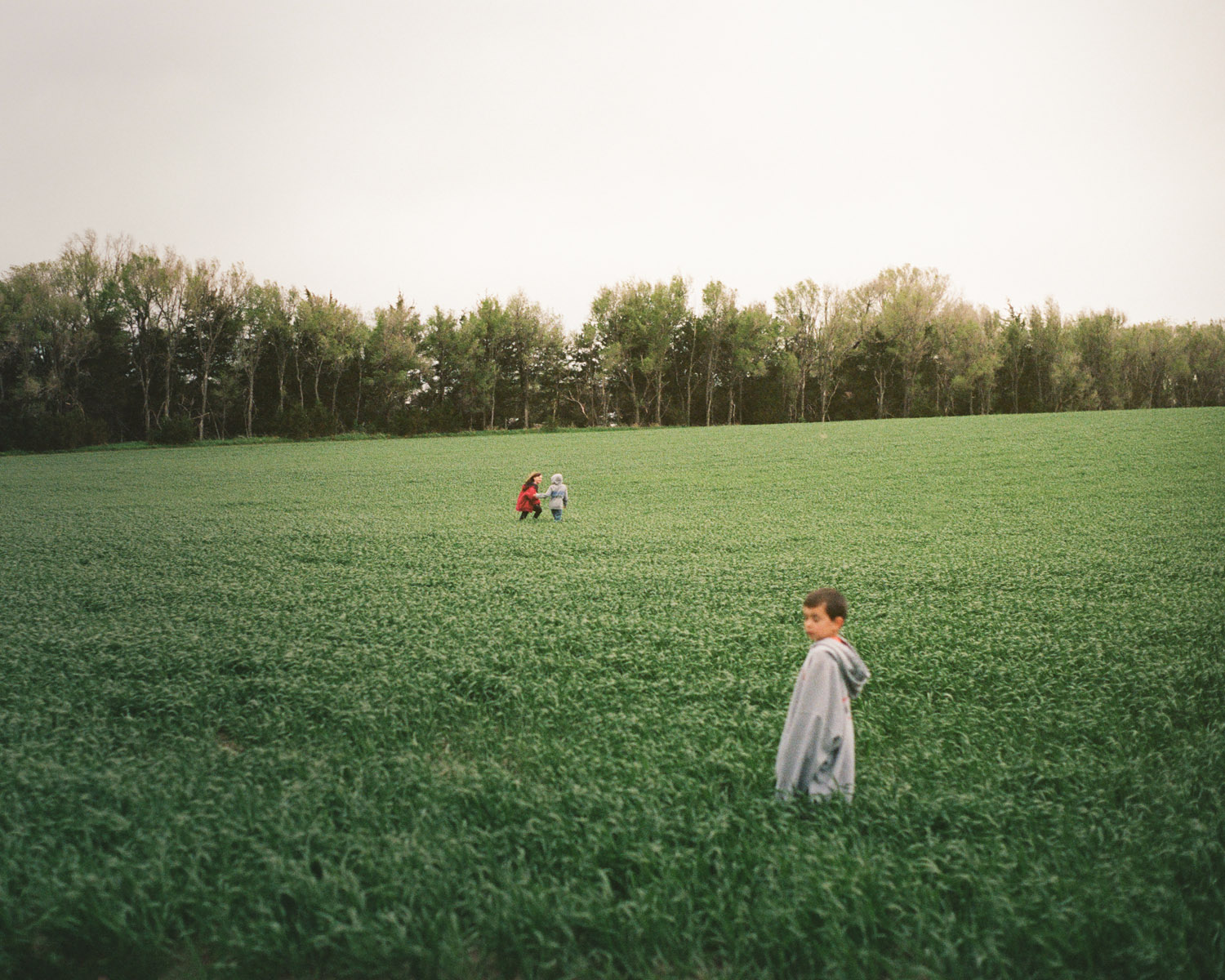
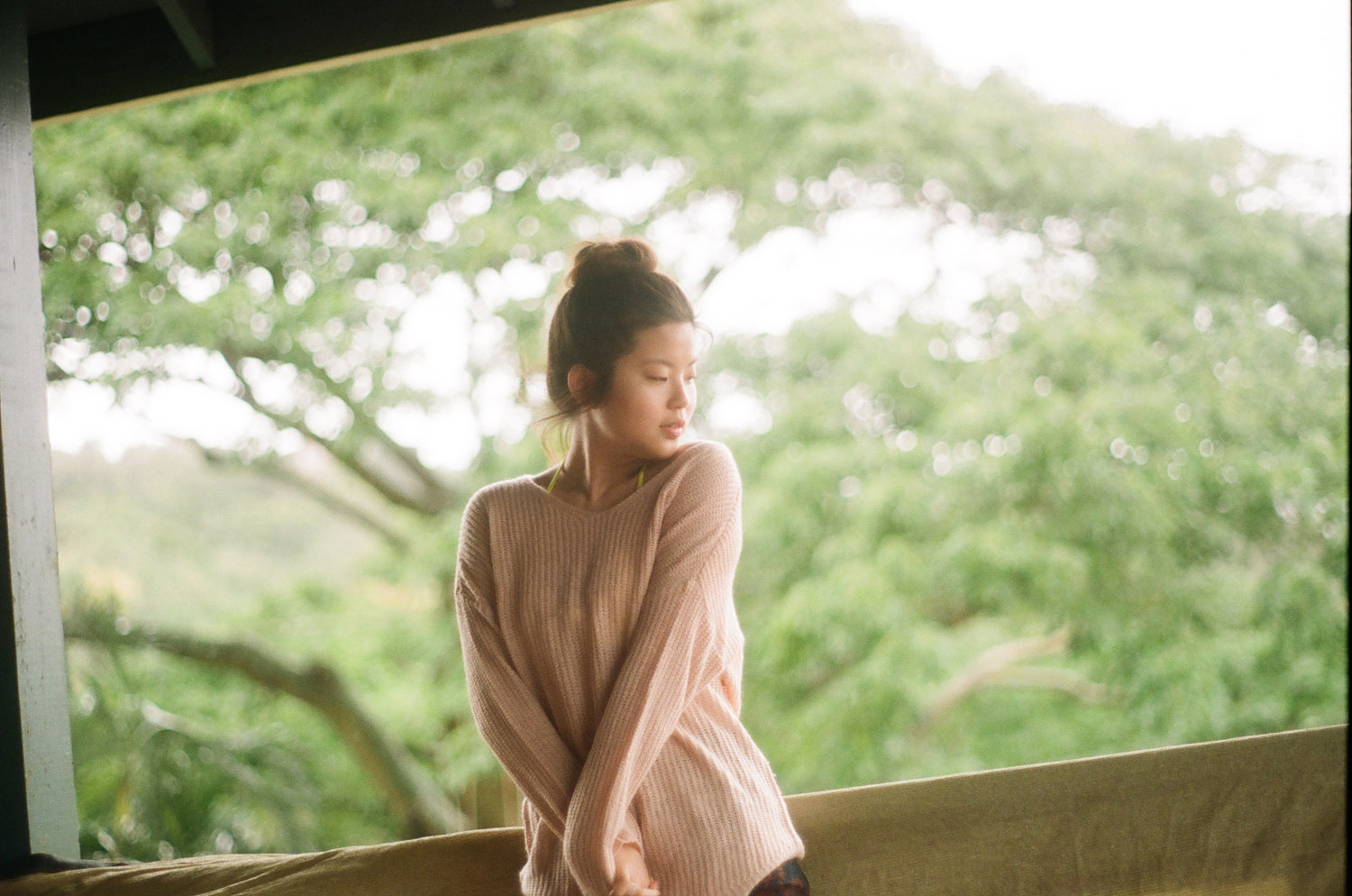


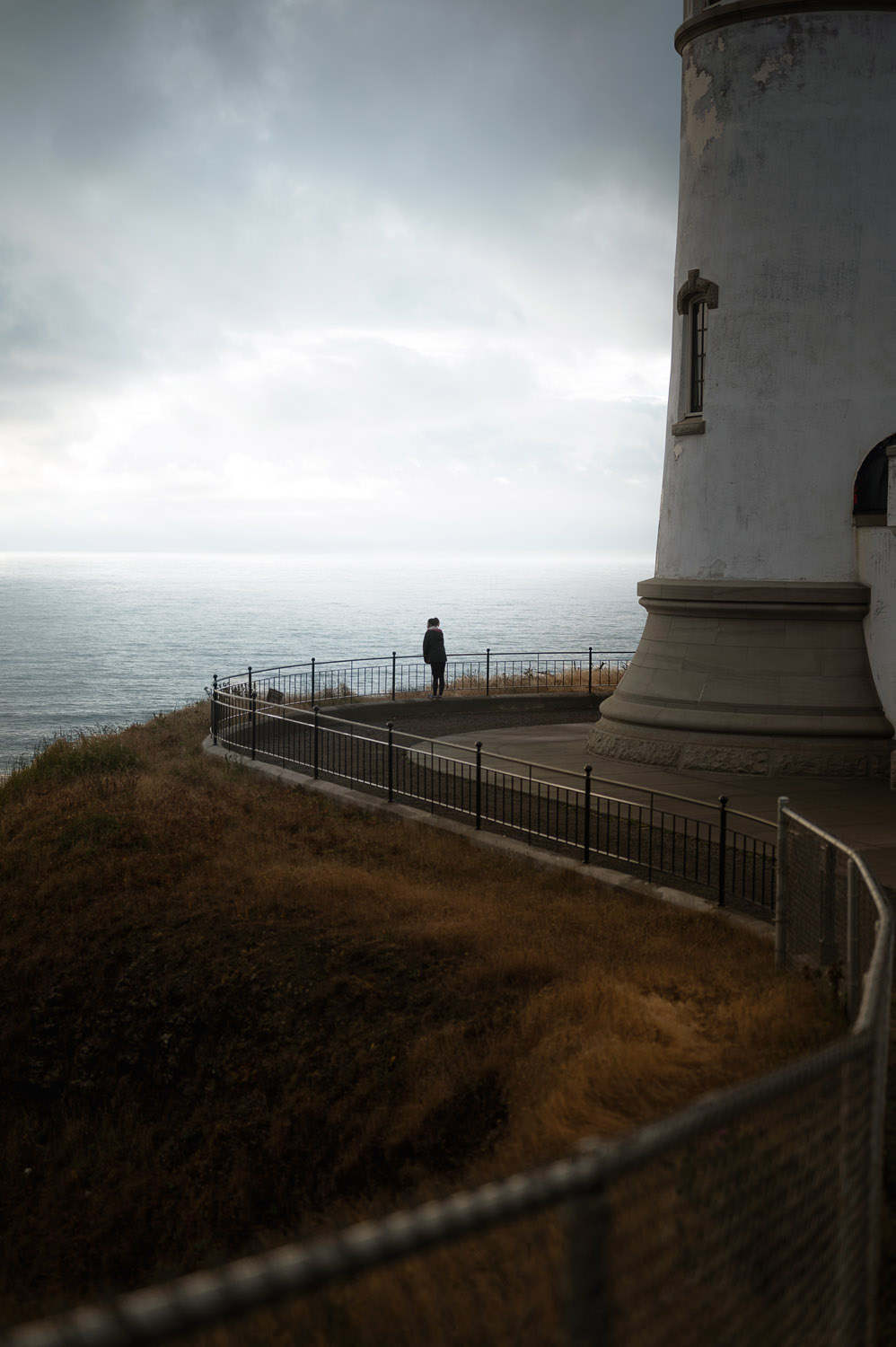
This brings me to medium format film and full-frame digital gear. I actually think of these as pretty comparable. Full-frame images have a different look than crop-sensor, but I don’t think of it as “better”, and the same goes for medium format (like my Bronica) vs. 35mm. Does 120 have far more detail than 35mm? Hell yes it does, but sometimes an image is better because of limiting factors such as a smaller negative or smaller sensor. The photographer has to make more conscious decisions about what is most important about the image since they cannot depend on a million stops of dynamic range and the viewer has greater opportunity to fill in, with their imagination, the information that a small format like 35mm could not completely record.
At this point it probably sounds like I am a proponent of smaller images such as crop-sensor or 35mm but this is not the case. I just think that these images are to be celebrated and embraced for their “technical” limitations specifically. Larger images offered by 120 and full-frame digital have different qualities. I tend to use full frame and 120 film when I have an express purpose for shooting a particular subject and also do not have a need for maximum portability. I absolutely love the Nikon Z system and my Bronica SQA. I think that the presence of gear like this that “looks professional” like Nikon full-frame mirrorless can change people’s behavior and the final product can look less natural when photographing people. I find that when I shoot either of these two systems I am much more likely to walk up to people and flat out ask to take their photo and have a conversation with them. I love this part of the process – just talking to strangers. The experience of doing this (maybe take a shot of bourbon if you’ve not done it before and have some social anxiety) is super rewarding. Of course, once you’ve done this, it’s easier to take photos that are more photojournalistic in style because that initial interaction puts people at ease. In this divided society we live in at the moment, I think interacting to create art with strangers is probably something we need more of since a lot of the animosity is based in a perception that we have no common ground with others, even neighbors.
Although I am still in banking, a rewarding career focused on coaching, training and professional development that lets me work with amazing, dedicated people every day, I hope to grow in photography over the next 23 years – and beyond, I hope! I have recently started regular partnerships with some local publications that lets me scratch that photojournalism itch, and I have started a film photography club called 208 Film Society (@208filmsociety on Instagram) based in Boise, Idaho. No kidding, if you are in town and want to go shooting (film or digital), I hope you reach out to me on my personal Instagram, @ted_the_capitalist or via my film photography profile. By the way, “Ted The Capitalist” is a nickname from college. I promise not to try to sell you real estate or crypto currency. And if you need a photojournalist to cover your event, business, or personal interest of any kind, I look forward to talking with you because I love to be the one to capture and freeze that moment of time that will never exist again.
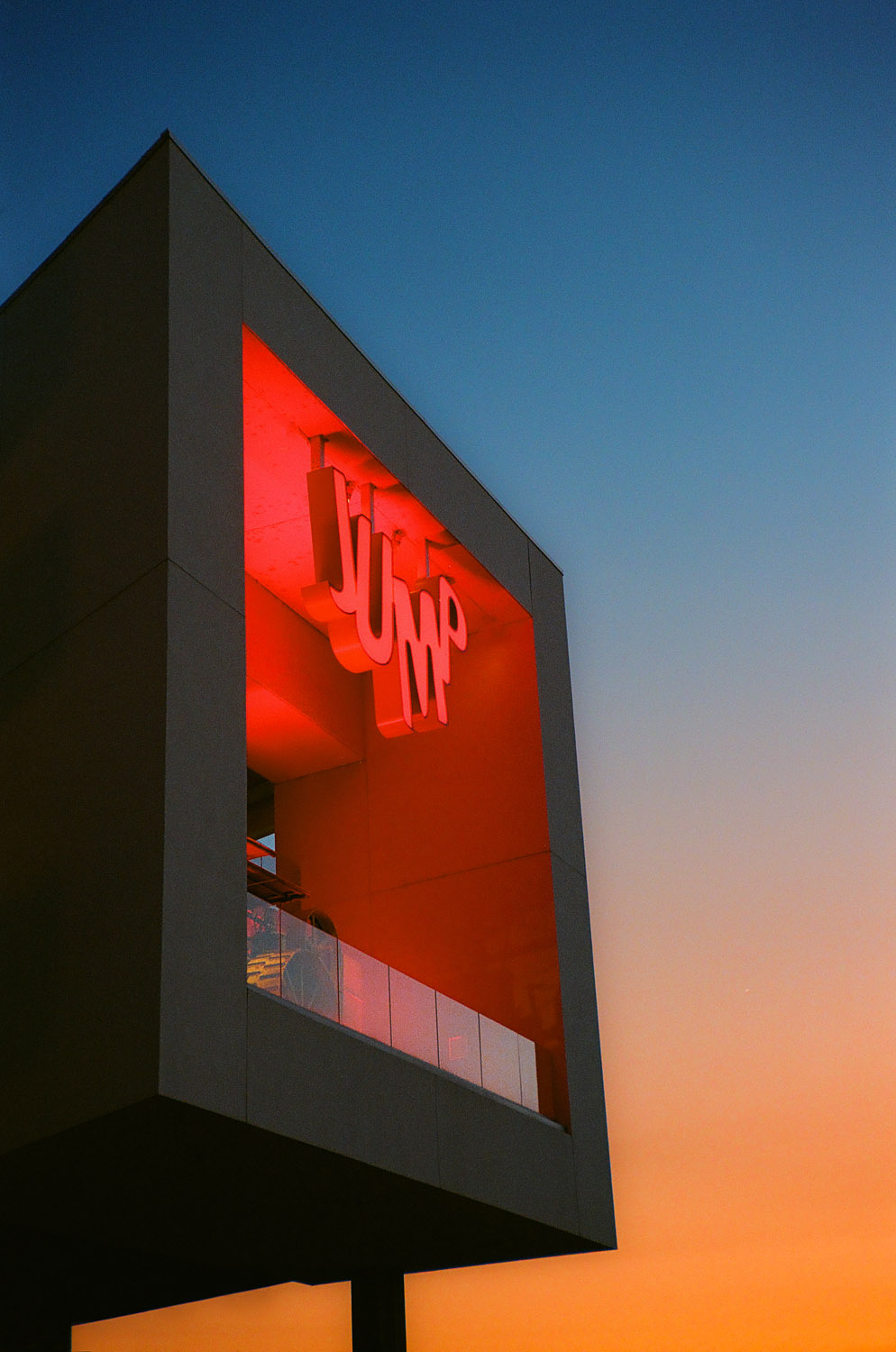
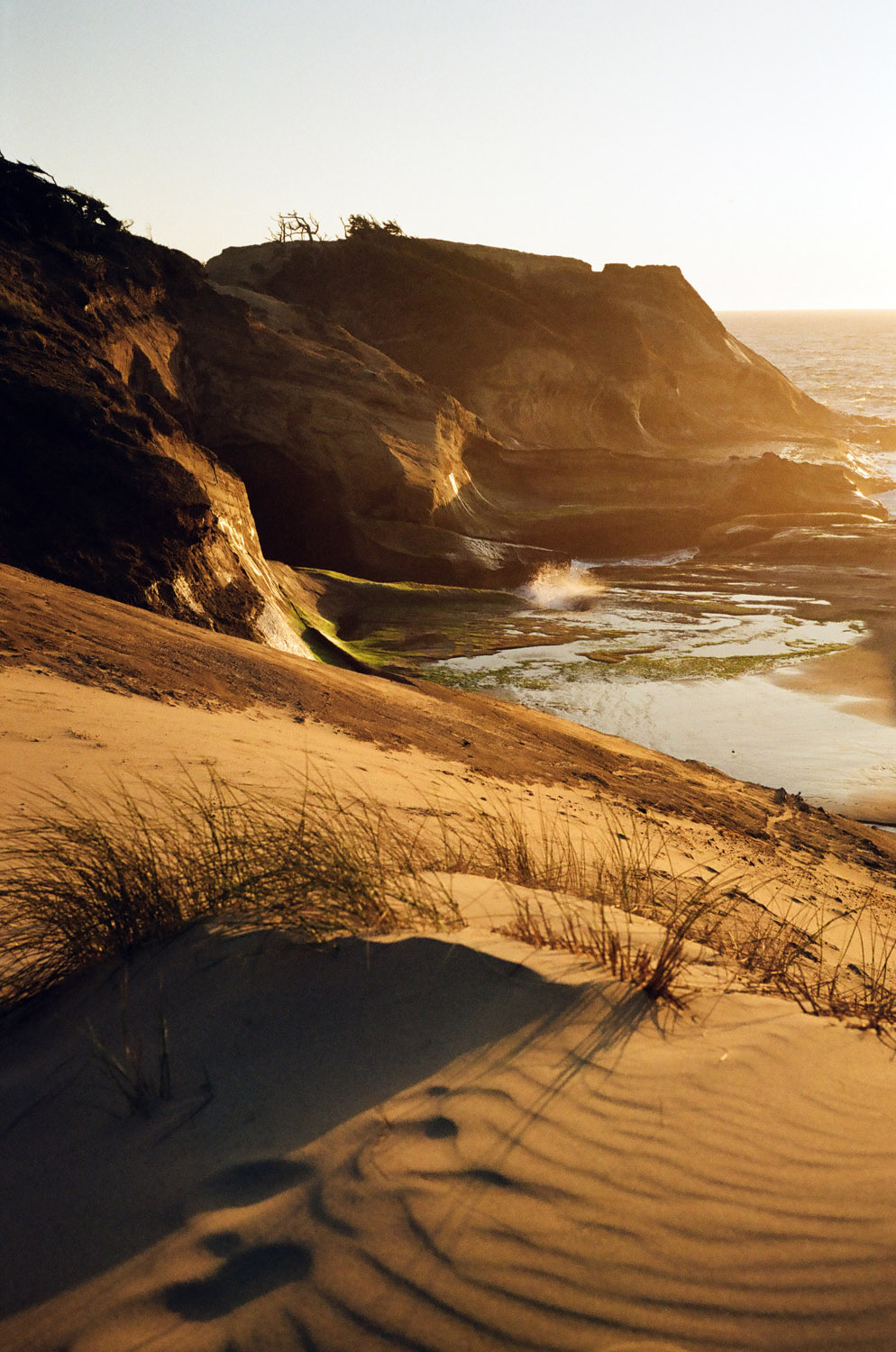
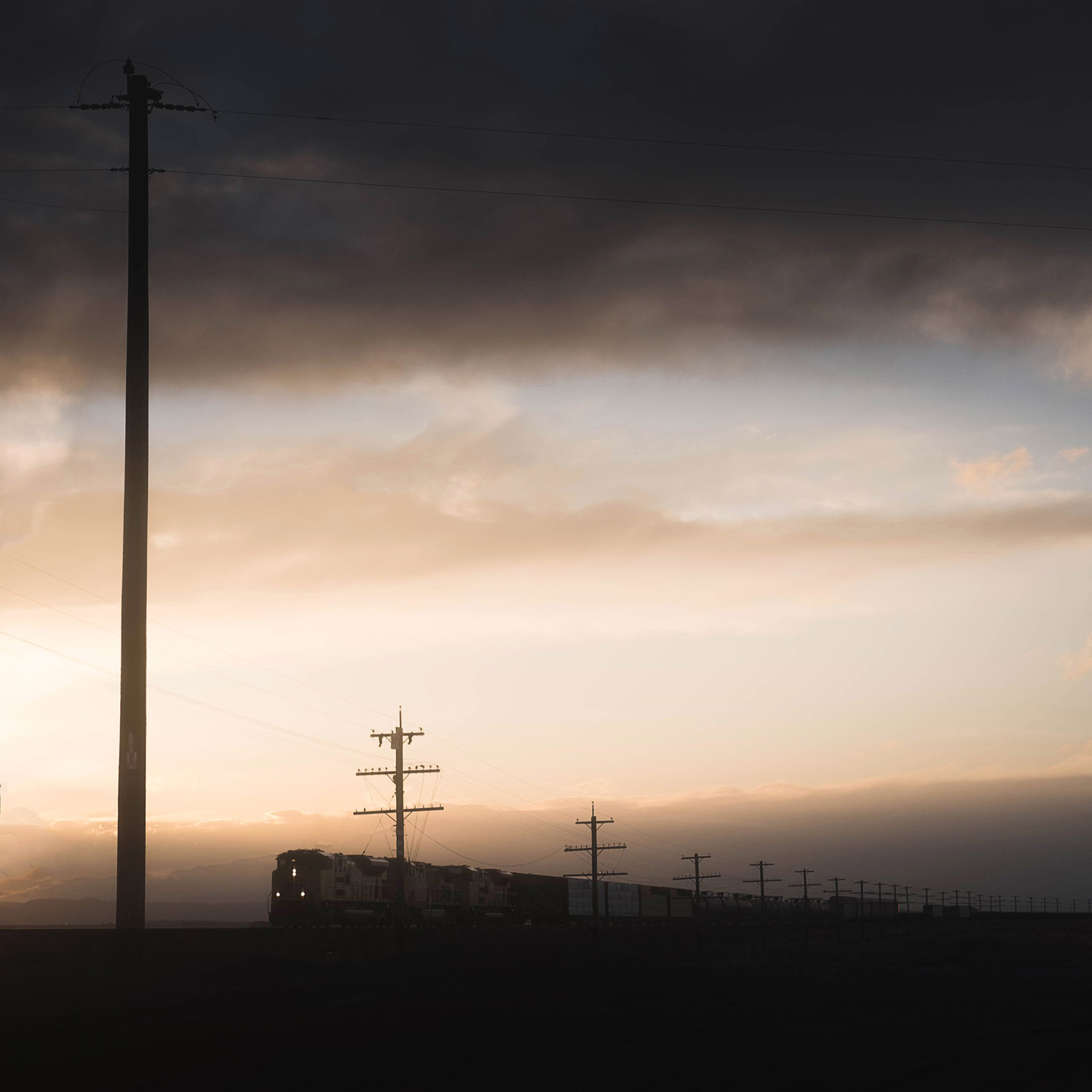




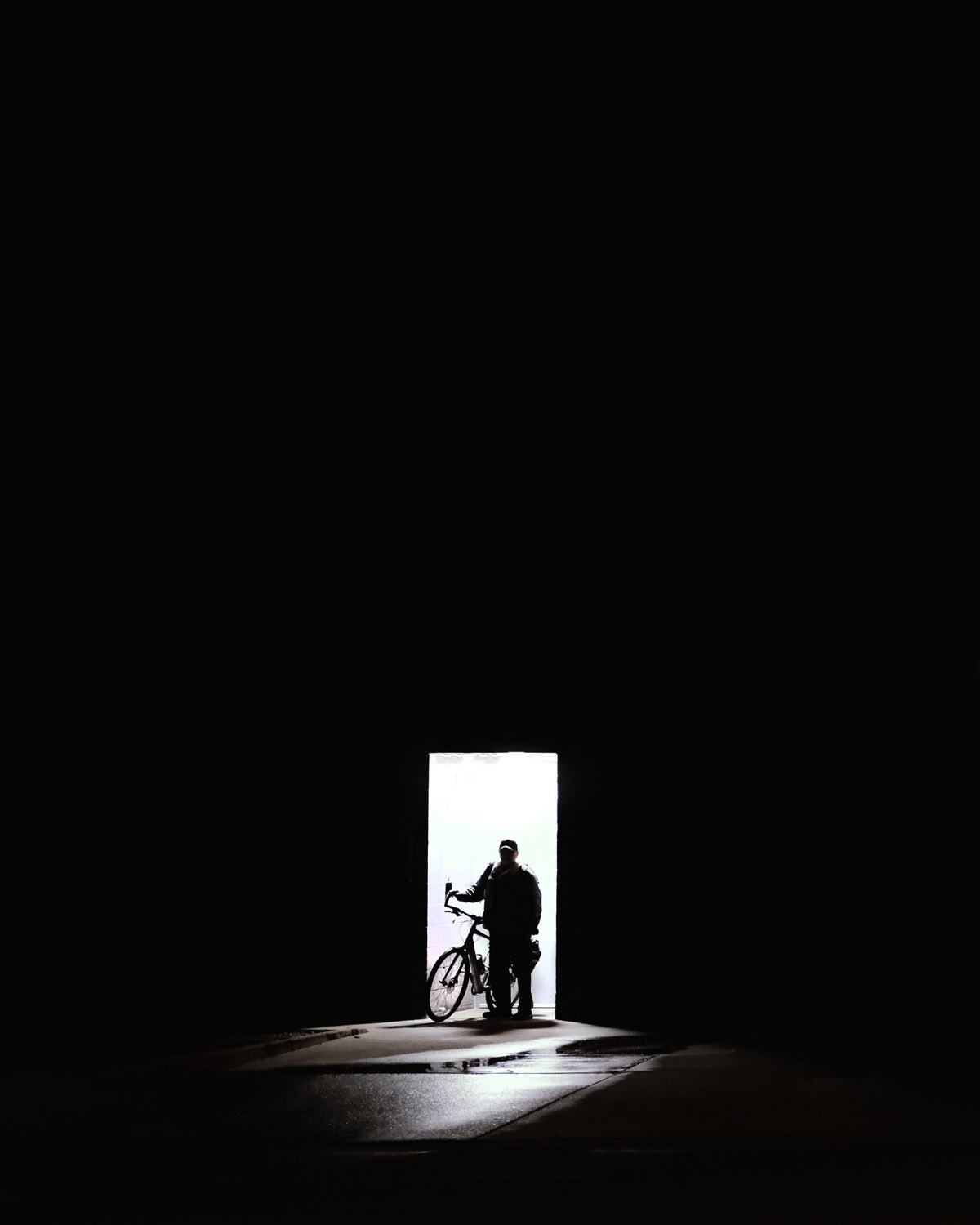

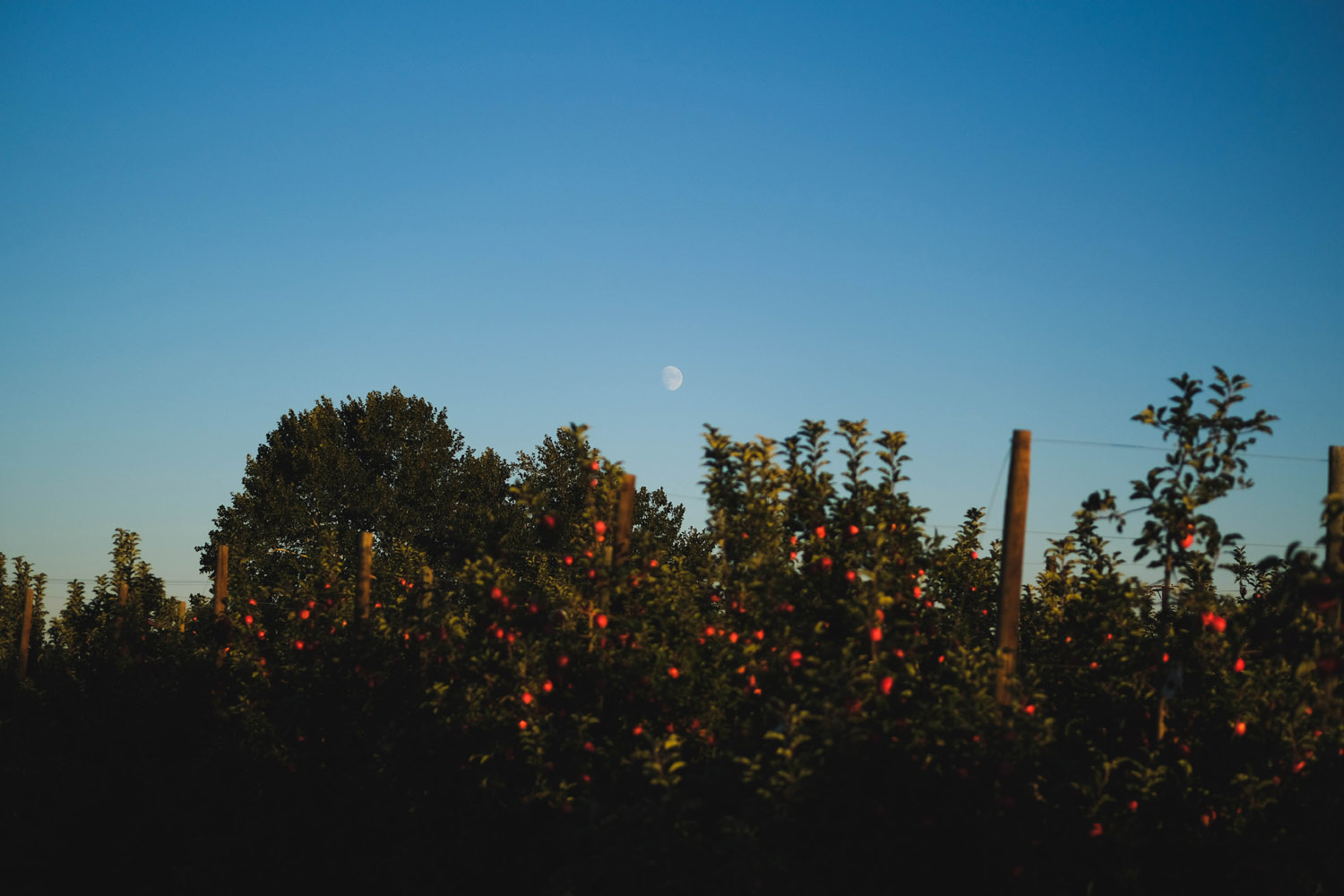
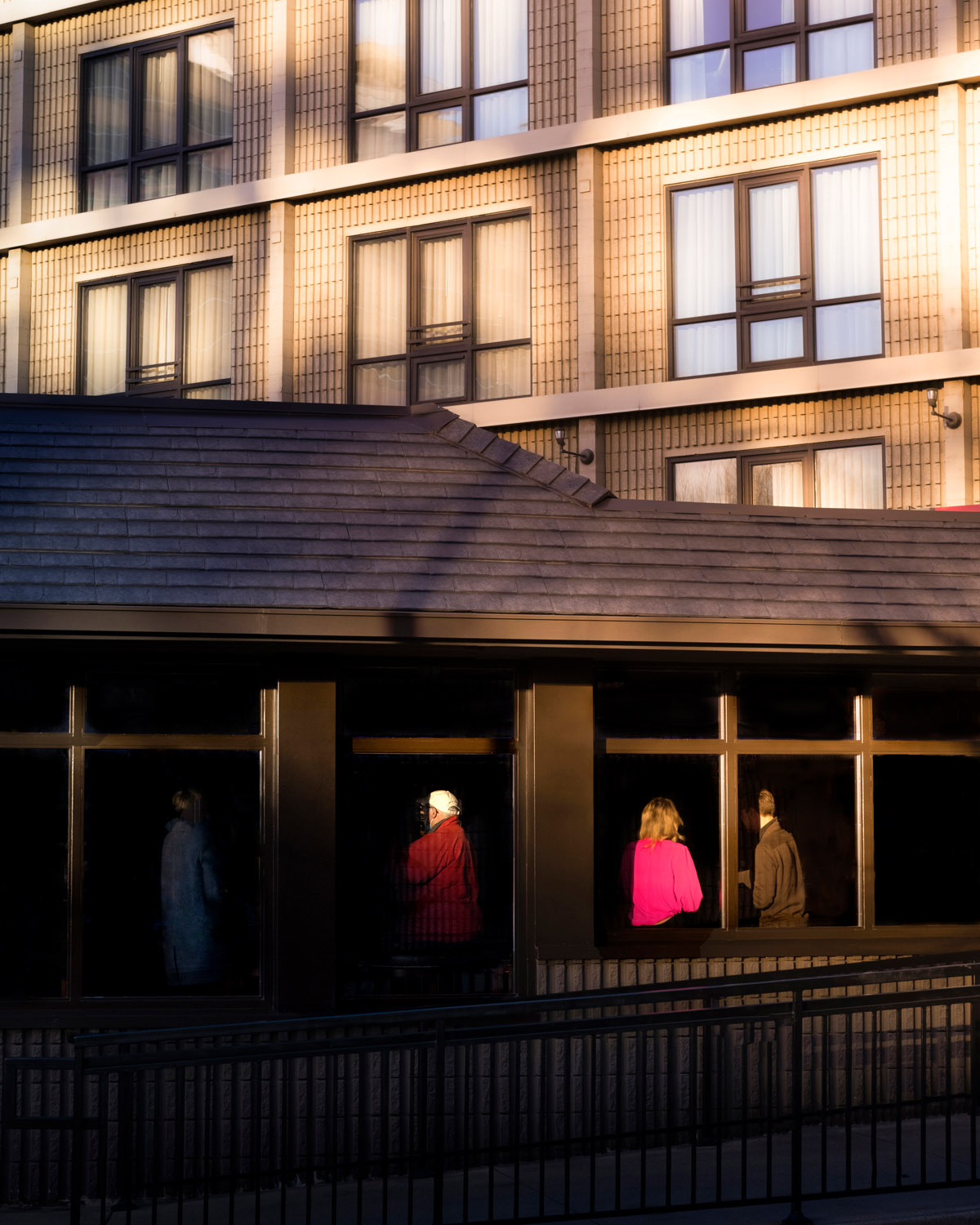




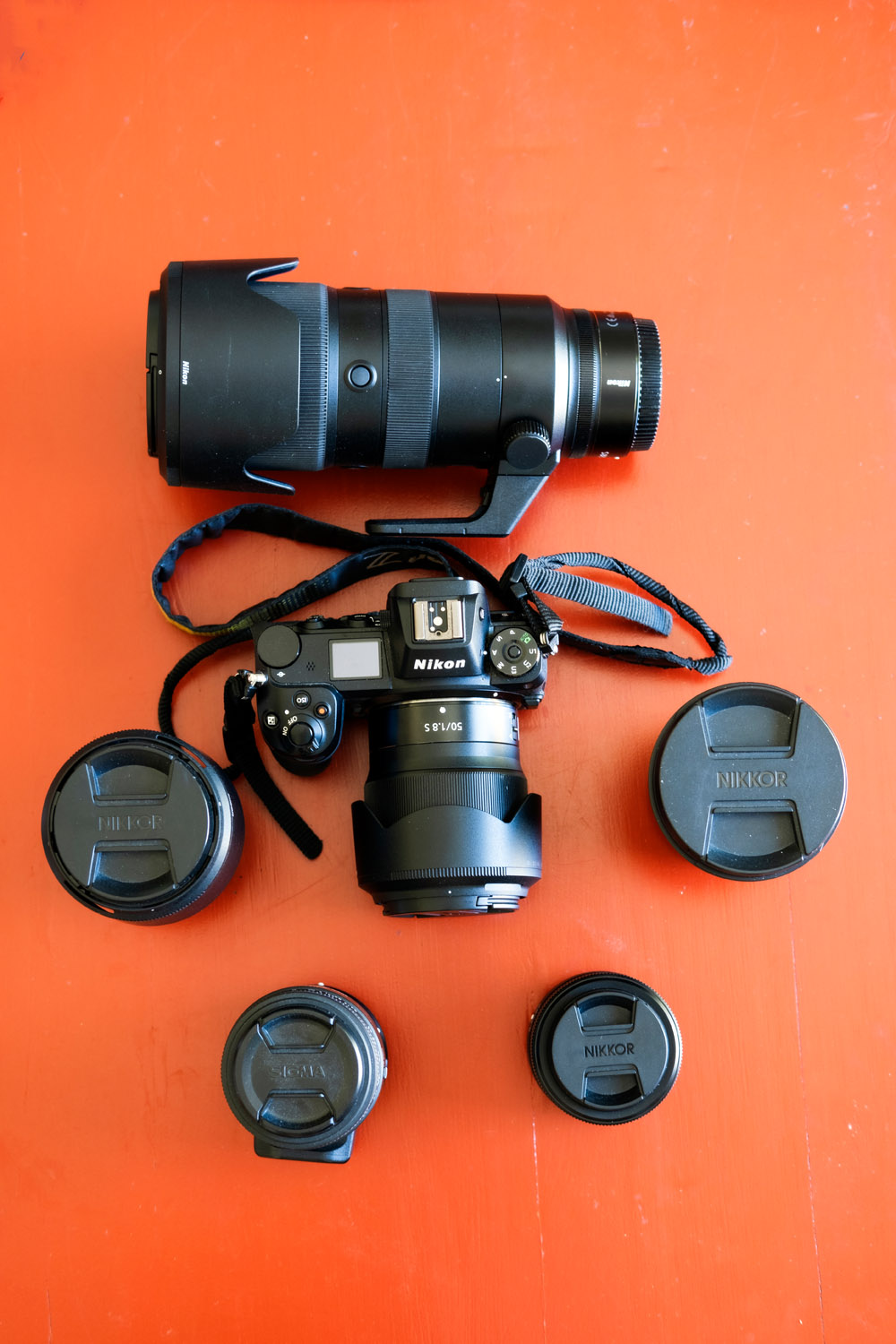

Text and Photos by Ted Harmon


